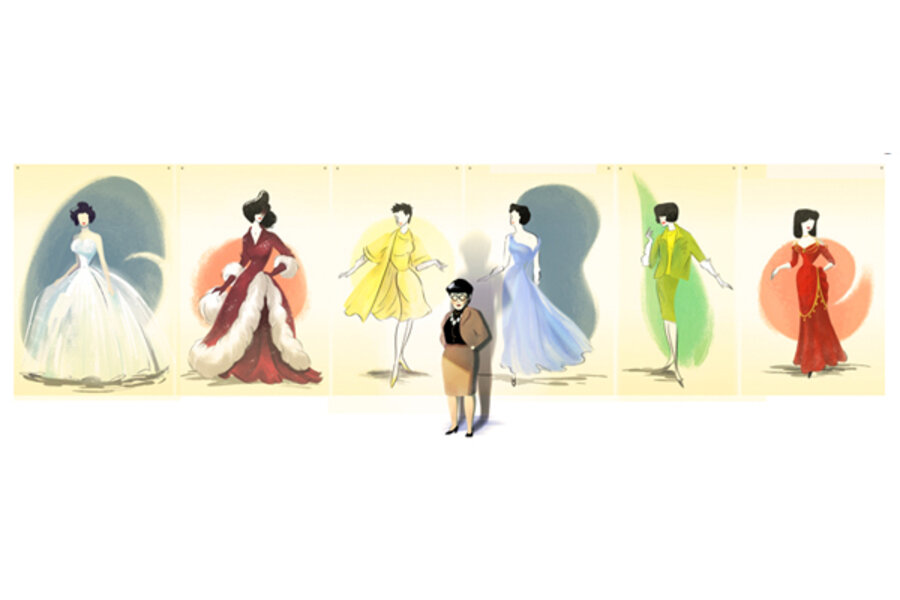How Edith Head took Hollywood by storm
Loading...
"You can lead a horse to water and you can even make it drink, but you can't make actresses wear what they don't want to wear," Edith Head once said.
The critically acclaimed costume designer dominated Hollywood's fashion sets in the 20th century, winning a whopping eight Academy Awards – the most for any woman. Head is most notably recognized for dressing Audrey Hepburn in the film that threw her into the spotlight – "Roman Holiday." The story of a wealthy princess longing for a normal life required both ball gowns and plain clothing, a feat that won Head best costume design for a black-and-white film in 1954.
"You see, she's supposed to be a princess disguised as an ordinary girl on the streets of Rome. So we made her a simple costume, so she wouldn't look different," Head says about dressing Hepburn in the video above.
Head nabbed the same Academy Award for her designs in "Sabrina," a year later, although prominent French designer Hubert de Givenchy also contributed a good deal to Hepburn's wardrobe.
Perhaps Head's greatest achievement is the one that excited wistful teenage girls in the 1950s: Elizabeth Taylor's dress in "A Place in the Sun." The knockout strapless bouffant gown, laced with daisies, sparked a prom fashion trend.
Head rose to the top without much traditional training. She miraculously landed a job as an assistant to Paramount's head designer Howard Greer after showing him drawings that were not even her own – she used sketches donated by her peers at Chouinard Art Institute. She later worked as assistant designer under Travis Banton, and when Banton resigned, Head finally had her time to shine.
Even before clothing Hepburn and Taylor, Head shared a few Oscars with other designers: one for the Biblical dress style in the 1949 Paramount film "Samson and Delilah," and another for "All About Eve," in which icon Bette Davis was portrayed as a classy, older Broadway star (Davis would later deliver the eulogy at Head's funeral).
Head maintained a strong relationship with Alfred Hitchcock, dressing celebrities such as Grace Kelly in his films. The Telegraph reports that when Novak confronted Head about her dislike of a grey suit she was supposed to wear in "Vertigo," Head replied, "why don't you go and discuss that with Mr. Hitchcock?"
"Every different director has another language – for instance, Hitchcock does not like any bright color ever, unless the story says 'there goes the girl in a red dress,'" Head said in a 1975 interview.
But the "dress doctor" might have left a larger impact in Hollywood's female fashion than prom dresses. The Guardian's Andrew Pulber writes that Head's costumes for Hitchcock reflected the "dismantling of apparently perfect women."
"The coordinated suits and neat frocks worn by the likes of Tippi Hedren, Grace Kelly and Kim Novak were the most obvious part of the amoury of the 1950s American woman that Hitchcock sought to subvert and undermine," he writes. "As a creative collaboration, it worked brilliantly."








